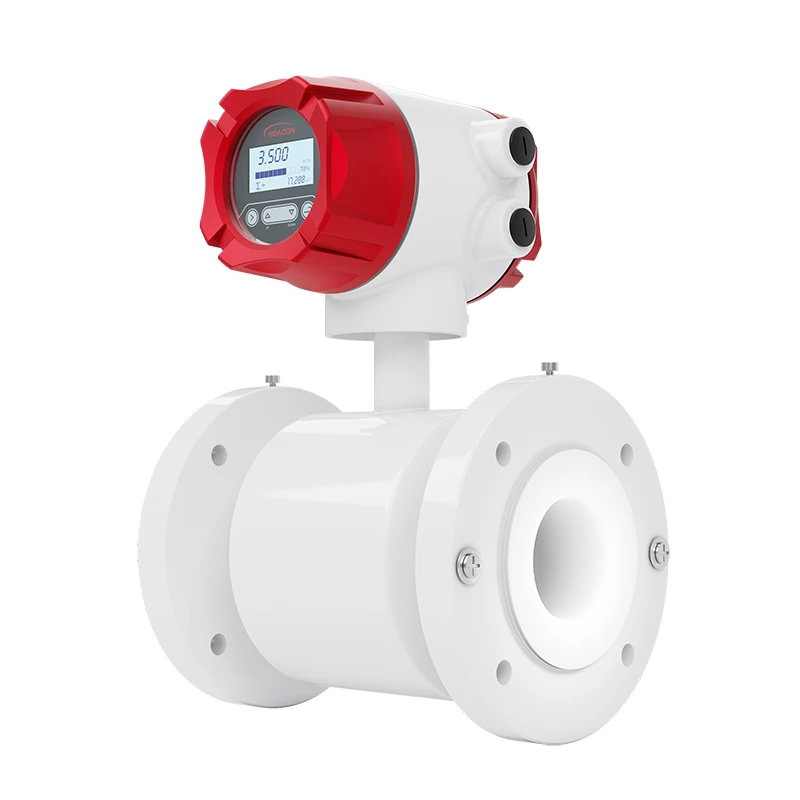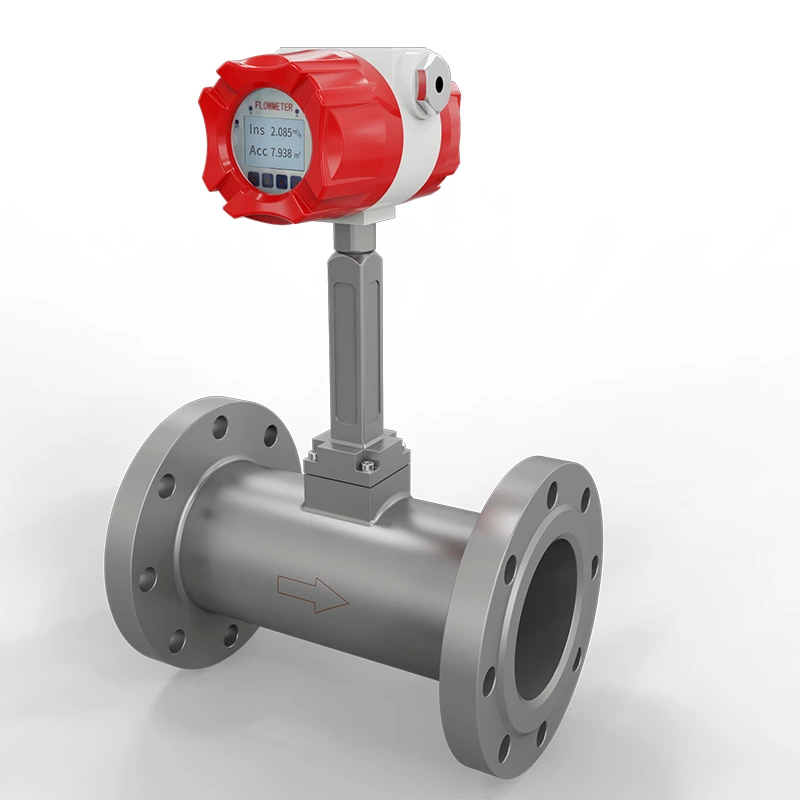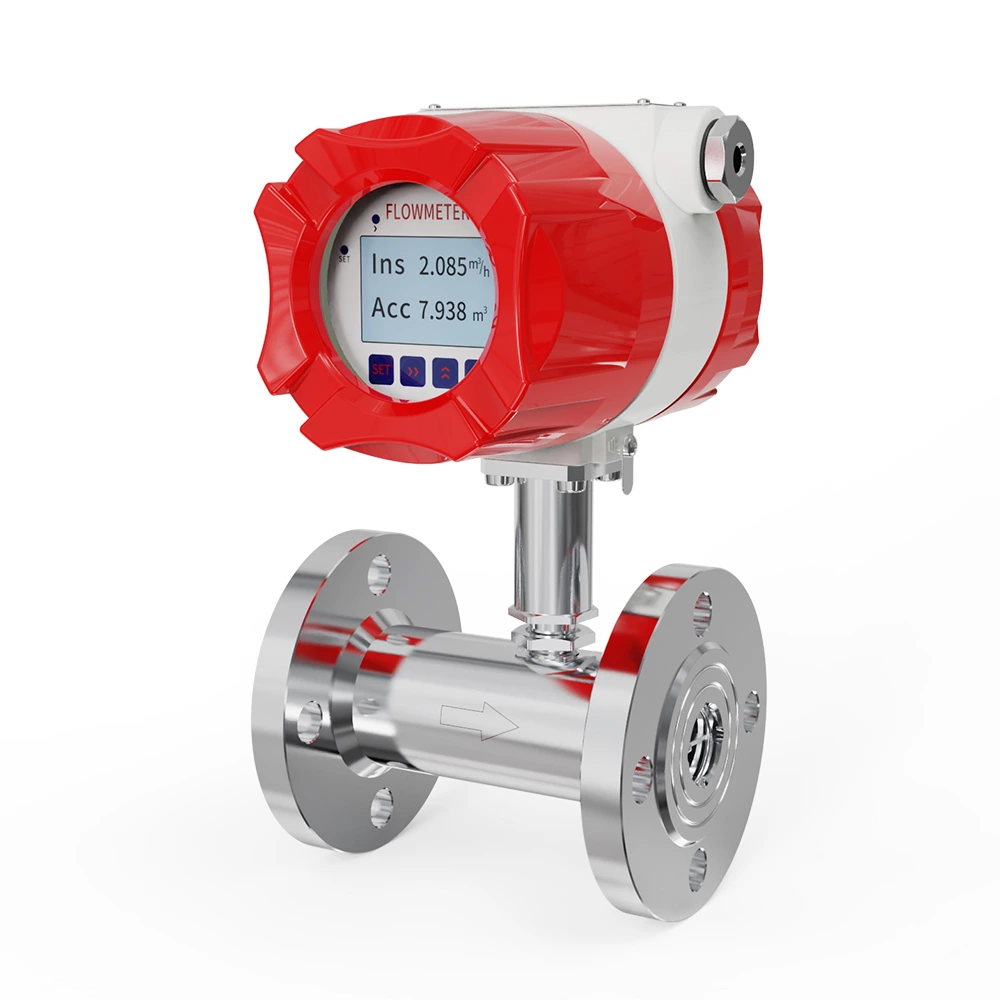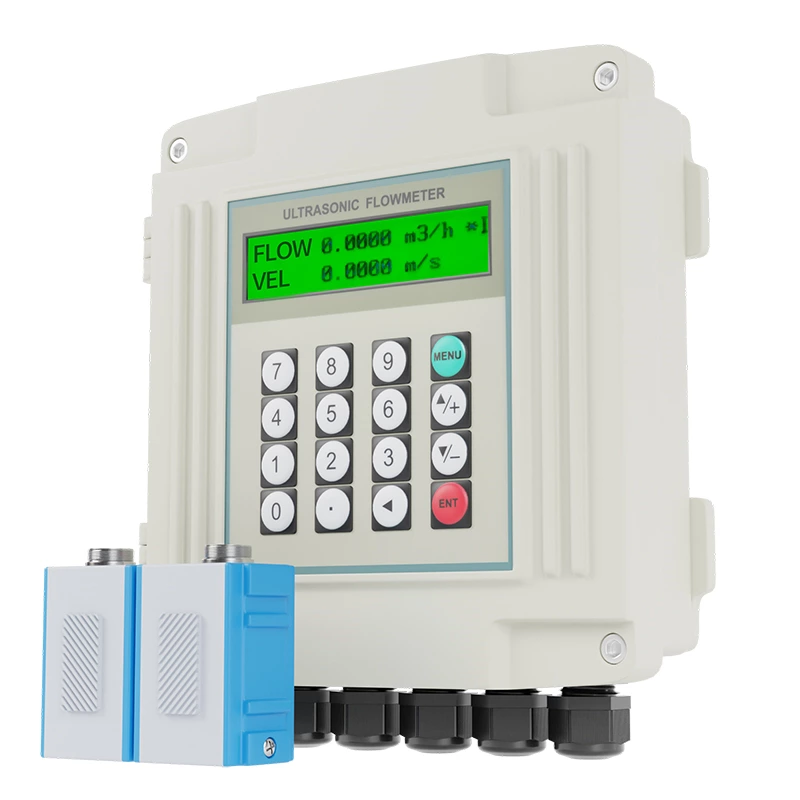Flow meter classification and selection
Flow detection and instrumentation are a type of instrumentation device specifically used to measure the flow rate or total amount of fluid passing through a pipeline or equipment per unit time. These instruments are widely used in various industrial production process control, energy management, environmental protection, transportation, scientific research and other fields, and are essential for monitoring and regulating the flow state of fluids such as liquids, gases or steam.

1. Classification
Flow detection instruments can be divided into many types according to different working principles, such as:
1.1 Differential pressure flowmeter (such as orifice flowmeter, venturi flowmeter): measures flow rate by using the relationship between the pressure difference and flow rate generated by the fluid flowing through the throttling element.
1.2 Positive displacement flow meter (such as oval gear flow meter, scraper flow meter): The flow rate is determined by measuring the number of times the flow passes through a space of known fixed volume per unit time.
1.3 Velocity flowmeter (such as turbine flowmeter, electromagnetic flowmeter, ultrasonic flowmeter): directly or indirectly measures the flow velocity of the fluid in the pipeline to calculate the flow rate.
1.4 Mass flow meter (such as thermal mass flow meter, Coriolis mass flow meter): can directly measure the mass flow rate of the fluid without being affected by changes in the physical properties of the fluid.
In addition, flow detection instruments can also be divided into instantaneous flow measurement and cumulative flow measurement according to their functions. The former reflects the flow value at a certain moment, while the latter counts the total amount of fluid passing through over a period of time.
2. Selection of flow measurement instrument
The selection of flow measurement instruments is a process that takes into account multiple factors. The following are some basic selection principles and steps:
2.1 Fluid properties: temperature, pressure, density, viscosity, chemical corrosivity, abrasiveness, scaling tendency, whether there is miscibility or phase change, conductivity (important for electromagnetic flowmeter), sound velocity (related to ultrasonic flowmeter), thermal conductivity and specific heat capacity (caloric flowmeter may be involved), etc.
2.2 Measurement requirements: Determine whether the flow rate to be measured is instantaneous, cumulative, or both. Select the instrument based on the required accuracy level to ensure that the accuracy requirements for process control or custody transfer are met. Determine the flow range and select an instrument with the appropriate range (turndown ratio) to ensure accurate measurement over the entire operating range.
2.3 Instrument performance: Consider factors such as instrument accuracy, repeatability, linearity, response time and pressure loss. Select the appropriate instrument type based on the output signal characteristics, such as analog signal (4-20mA), pulse signal or digital communication interface (such as HART, MODBUS, PROFIBUS, etc.).
2.4 Installation conditions: The layout direction of the pipeline, the flow direction, and the length of the upstream and downstream straight pipe sections have a great impact on the performance of the flow meter, especially for differential pressure flow meters, vortex flow meters, etc. Ensure that there is enough installation space, and consider the pipeline diameter, maintenance convenience, and possible auxiliary equipment such as filters, degassers, etc.
2.5 Environmental conditions: Ambient temperature, humidity, electromagnetic compatibility, safety, explosion-proof level, and resistance to pipeline vibration are all factors that need to be considered when selecting.
2.6 Specific application scenarios: Choose the appropriate flow meter type according to different scenarios. For example, for easy crystallization or viscous media, electromagnetic flowmeters or volumetric flowmeters may be suitable. For clean gas or liquid, turbine flowmeter, vortex flowmeter or ultrasonic flowmeter may be a better choice. For steam, vortex flowmeter, V-cone flowmeter or orifice flowmeter with differential pressure transmitter may be selected. For large-diameter pipelines with limited installation space, Annubar flowmeter or Venturi tube may be an ideal solution.
In summary, the selection of flow meters is a systematic project, which requires detailed analysis and evaluation based on a variety of factors such as specific process parameters, on-site conditions and economic benefits.
3. Selection of commonly used flow measurement instruments
There are many types of commonly used flow measurement instruments, each of which has its own applicable occasions and characteristics. The following are different types of flow meters and their typical application scenarios and selection reference points:
Applicable scenarios: Suitable for measuring various conductive liquids, including water, wastewater, corrosive fluids, etc., but not suitable for measuring non-conductive liquids (such as petroleum products) and gases.
Selection reference: Determined based on the conductivity of the measured fluid, maximum flow rate, minimum flow rate, fluid pressure, temperature and pipe material.
3.2 Float flowmeter (rotameter)
Applicable scenarios: Suitable for the measurement of small-caliber, low-flow liquids, gases and steam.
Selection reference: Consider the physical properties of the fluid (density, viscosity, etc.), operating pressure, temperature range, as well as flow range and accuracy requirements.
3.3 Vortex flowmeter (swirl flowmeter)
Applicable scenarios: Widely used in large flow measurement of gas, liquid and steam in industrial pipelines, especially suitable for occasions with small pressure loss and no need for frequent maintenance.
Selection reference: Pay attention to the fluid properties, flow range, pressure level, pipeline vibration, and avoid using it in a strong vibration environment.
Applicable scenarios: Suitable for fast and accurate measurement of clean, low-viscosity liquids and gases, especially in trade settlement and process control.
Selection reference: Consider the cleanliness of the fluid, the minimum measurable flow rate, the maximum allowable pressure and temperature, and whether bidirectional measurement function is required.
Applicable scenarios: Suitable for various pure liquids and gases containing a small amount of impurities, especially large-diameter pipelines and occasions where no contact with the fluid is required.
Selection reference: You need to know the sound velocity of the fluid, the material and size of the pipe, and the sediment condition in the pipe.
Applicable scenarios: Suitable for accurately measuring the mass flow of various fluids in industries such as chemical, petroleum, food and beverage, and is not affected by changes in fluid temperature and pressure.
Selection reference: Pay attention to the physical state of the fluid, changes in fluid components, and whether real-time density and concentration measurements are required.







